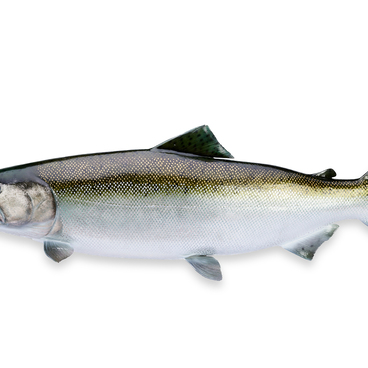A grease lamp, or slush lamp, was a characteristic element of the material culture of the Chukchi and Eskimos. Grease lamps were an integral part of everyday life and were used until the early 20th century. They served both for lighting and heating dwellings, and sometimes for cooking.
When making grease lamps, clay was usually used, as well as stones of various rocks and shapes. Stone grease lamps were quite massive, heavy and more durable than clay ones. They could be up to 15 centimeters high and 20 to 25 centimeters wide. The traditional fuel for such lamps in the region was the fat of marine mammals: whales, walruses or seals. It was cut into small pieces, rolled into balls, sometimes chewed and put into the grease lamp. In places far from the sea, the Chukchi and Eskimos used boiled bone fat from crushed reindeer bones.
The wicks were usually made of dried moss. It was rubbed with the palms of the hands or crushed by grinding, then mixed with fat and rolled into a thin cord, which was placed on the edge of the grease pot. Besides moss, wicks were made of pieces of rotten wood, thin, half-burned shavings, and later cotton threads or pieces of yarn. The length of the wick depended on the size of the lamp and the need for more or less heat; it varied from 5 to 75 centimeters.
The flame was directed and regulated by means of a special narrow bone or wooden stick or a flat oblong stone. The most primitive lamps were made of an ordinary oval flat-shaped stone, with a small hollow for fat on one side. The bottom of the grease reservoir was slightly sloping towards the wick edge.
Further improvement of the
vessel led to the introduction of an internal partition in it, which separated
the wick part of the lamp from the rest of the vessel. The partition did not
reach the walls of the vessel and could have one or more grooves. Thus, melted
fat could flow to the wick through several channels. Such a partition regulated
the flow of fat to the wick, provided its slow and even replenishment with
fuel.


